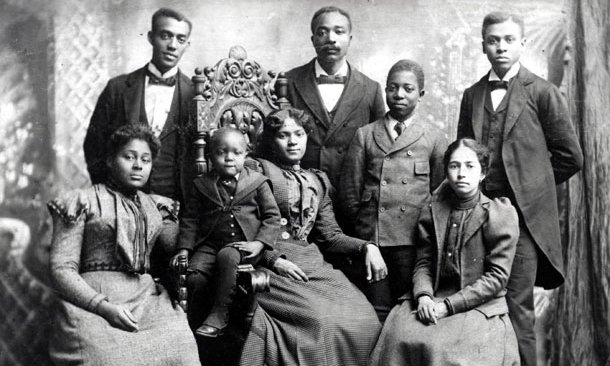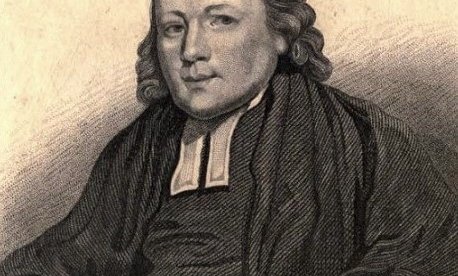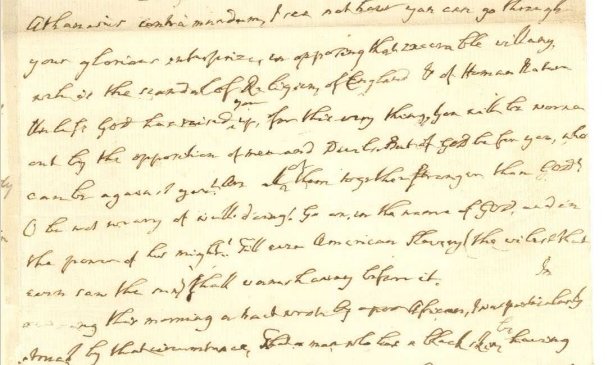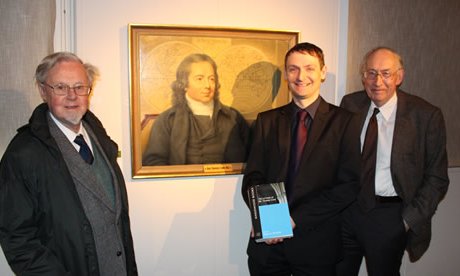A Brief History of Methodist Missions Overseas
Authored by missionary historian, the Revd John Pritchard
Beginnings
The worldwide expansion of Methodism began over 250 years ago. The first Methodist congregation outside the British and Irish Isles was formed in 1759 in Antigua, one of the Leeward Isles, by Nathaniel Gilbert, later to be Speaker of the island's House of Assembly.
The first ministers (known in those days as 'travelling preachers') appointed by the Conference to serve beyond these shores went to the American colonies in 1769, and in 1786 the first missionaries to the Caribbean – Thomas Coke and three companions – made landfall in Antigua on Christmas Day 1786.
Coke was for many years the chief promoter and pioneer of Methodist foreign missions. Appointed by John Wesley as co-superintendent with Francis Asbury of the Methodist Church in America (where they were known as Bishops), Coke made eighteen transatlantic voyages, visited thirteen Caribbean islands, presided over many Irish Conferences and single-handedly organised the recruitment, travel and support of the early missionaries.
He was a tireless fundraiser, begging unashamedly for mission funds and devoting his own fortune to the cause. As well as the West Indies, he dispatched preachers to France and, after two false starts, to Sierra Leone. He died at sea in 1814, leading a missionary party to Ceylon (Sri Lanka).
Organisation and Expansion
Coke's death made it imperative to set up a reliable system of support for the burgeoning missionary enterprise. From 1813 District Missionary Societies began to be formed up and down the country to raise funds. These were unified as the Wesleyan Methodist Missionary Society, with a constitution adopted by the Conference of 1818.
Children's branches were formed too; the Juvenile Missionary Association eventually became a significant contributor to the Society's funds. Soon three Missionary Secretaries were appointed and premises acquired as a base for the operation. Missionaries were sent to South Africa, Australia, India and Canada, and to The Gambia and the Gold Coast (Ghana).
Many of those who went to West Africa were soon dead or invalided home; but Thomas Birch Freeman, an Anglo-African Wesleyan minister, extended Methodist outreach along the coast to Togo, Dahomey (Benin) and Nigeria. Wesleyan work in China began in 1851.
Autonomy
In America the Methodist Episcopal Church had its own Conference from 1784. In the 1840s France, Canada and Australasia (including New Zealand, Tonga and Fiji) followed suit, as did South Africa in 1883. Other 'mission fields', as they were styled at first, were administered by the Society well into the twentieth century, until they became self-governing Conferences or entered United Churches; The Gambia was the last to become autonomous, in 2009.
Lay workers
In the early years the Society recognised only ministers as Missionaries, even if they had expatriate lay colleagues employed as teachers or printers. The first male lay missionary was Dr Porter Smith, who set up a hospital in central China in 1864.
Women took action earlier, and formed the 'Ladies' Committee for the Amelioration of the Condition of Women in Heathen Countries, Female Education, etc' in 1858. Its women agents worked, under ministerial direction, as teachers, evangelists and medical professionals. It was later renamed the Women's Auxiliary, with a junior section, the Girls' League.
New ventures
The other branches of Methodism (See the Family Tree of Methodism) all began overseas work in the nineteenth century. By the end of the century the Primitive Methodists were established in South, Central and West Africa, the Methodist New Connexion in North China, the United Methodist Free Churches in Jamaica, Sierra Leone, Kenya and East China, and the Bible Christians in South-West China.
They had also sent missionaries to Canada and Australasia, where they entered Methodist unions long before British Methodists reunited in 1932. Reunion in Britain saw all the continuing work merged under the Methodist Missionary Society, and their women's work became officially Women's Work (one of the streams which became Network in 1986 and Methodist Women in Britain in 2011).
Growth and Change
The early twentieth century saw mass conversions in India, among the Miao minority people in South-West China, and among the Africans of the Ivory Coast (Côte d'Ivoire). Numbers grew apace in South Africa, and when the Transvaal District united in 1932 with the South Africa Conference and the Primitive Methodist work, membership exceeded that of all the other overseas Districts combined.
Steady and sometimes spectacular growth as the century progressed meant that Methodism shared in a general trend which saw Christians in Europe and North America outnumbered by Christians in the tropics and the southern hemisphere.
Immigrants in the second half of the century were shocked at the small and declining numbers of worshippers in British churches, and by the unchristian manner in which they were usually received. In a striking reversal of direction missionaries from overseas began to arrive in Britain, a few of them facilitated by the MMS's World Church in Britain and Ireland Partnership.
At the same time the number of British and Irish missionaries fell, due partly to the success of Partner Churches abroad in developing their own indigenous ministry and lay leadership, as well as to the attitude of the Chinese, Burmese and Indian governments to foreign evangelists.
New ways of working
In 1973 the Methodist Church rationalised its structures by creating seven 'divisions', one of which, the Overseas Division, was the MMS by another name, underlining the fact that the MMS was never an independent Society but the Methodist Church itself sharing in world mission. Further restructuring in 1996 passed on the Overseas Division's responsibilities to a number of desks within a refashioned Connexional Team, and relationships with Partner Churches around the world are now the remit of the Global Relationships Team.
In 2013 the Conference formally wound up the MMS, not because the mission for which it was founded is accomplished or no longer has a place in the Church's purpose, but as a further affirmation that mission at home and overseas is all God's Mission, shared with Partner Churches around the world.
More
Discover more about the history in Methodists and their Missionary Societies 1760-1900 and Methodists and their Missionary Societies 1900-1996 by John Pritchard. Look at What Happened When for a region-by-region list of key events and dates, and at the Register of Methodist Missionaries for details of missionaries who went overseas from the beginnings to 1932.
The Methodist Missionary History Project organised annual conferences and occasional seminars between 2002 and 2013 and many of the papers read at these events are available here. The MMS Archives are held at the London University School of Oriental and African Studies, and the British Library Oral Archive has a collection of taped interviews with missionaries telling their stories.
A Timeline of Methodist Mission Overseas
What happened and when? A region-by-region chronological record of significant events in Methodist Missionary history.

Methodist Missionary History Project
A selection of papers delivered at conferences and seminars between 2002 and 2013 on the theme of Methodist Missionary History.

Register of Missionaries
This database lists missionaries who embarked on the work prior to 1932. Coming soon.

Missionary History : Anniversary Events
Examples of events marking significant dates in our missionary history.

Resources List
A list of books, articles and how to access oral histories related to Methodist Missionary History.
